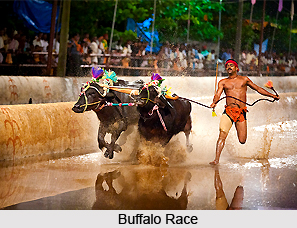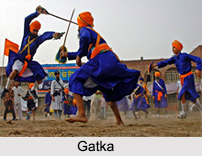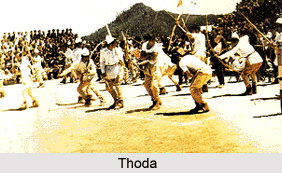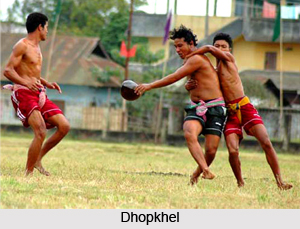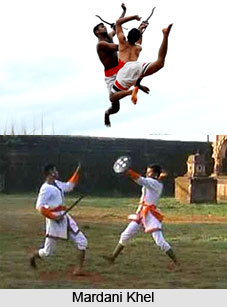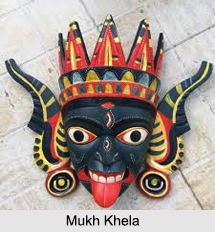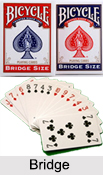 Bridge is a type of playing card in India, which is divided into four major categories. The first type is contract bridge and the second type is Duplicate Bridge. Rubber Bridge and Chicago Bridge happens to the third and fourth type of bridge game respectively. Contract bridge, which is also known as Bridge, is a trick taking game using a standard deck of 52 playing cards.
Bridge is a type of playing card in India, which is divided into four major categories. The first type is contract bridge and the second type is Duplicate Bridge. Rubber Bridge and Chicago Bridge happens to the third and fourth type of bridge game respectively. Contract bridge, which is also known as Bridge, is a trick taking game using a standard deck of 52 playing cards.
Types of Bridge
Contract Bridge was invented in the 1920`s and in the following decades it was popularized especially in the USA by Ely Culbertson. Bridge currently occupies a position of great prestige, and is more comprehensively organized than any other card game. There are clubs, tournaments and championships throughout the world. Rubber Bridge is the basic form of Contract Bridge, played by four players. Informal social bridge games are often played this way, and Rubber Bridge is also played in clubs for money.
Duplicate Bridge
This is the game normally played in clubs, tournaments and matches. The game is basically the same but the luck element is reduced by having the same deals replayed by different sets of players. At least eight players are required for this. There are some significant differences in the scoring. Two types of duplicate bridge will be covered, and they are a) Teams of four b) Pairs.
Idea of playing Duplicate Bridge was derived from whist. The application of duplicate to contract bridge was developed rapidly. In the US, the first national championship was held in 1928 under the auspices of the American Bridge League. In this form of Bridge the same hand is played more than once by the competing units who have to try to perform better than the one before. It can be played either as a team of four, pairs or individuals. In a team of 4 the same boards are played by the two teams sitting in compass directions on two tables, opposite to one another.
Chicago Bridge
This is played by four people (like rubber bridge), but a game is complete in four deals.
Rubber Bridge
In this type of bridge game, two people participate in the game at one table and the main objective remains to score the most number of points in the play of various hands. Just like the Duplicate Bridge this too requires chance and skills.
Contract Bridge
It developed from Auction Bridge, which is different mainly in the scoring. In Auction Bridge, overtricks count towards making game, so it is only necessary to bid high enough to win the contract.
Auction Bridge
Before Auction Bridge there was Bridge-Whist or Straight Bridge (at the time this game was just called Bridge). Earlier published rules of Bridge appeared in 1886 under the name Biritch or Russian Whist. In Bridge-Whist there is no bidding at all - the dealer either names a trump suit or passes, in which case the dealer`s partner must choose trumps. In either case the dealer`s partner is "dummy", so the opponent may double before the lead to the first trick and if doubled the dealer`s side may redouble. In the earliest form of the game, after any redouble, the other side can redouble again, and this can continue indefinitely.
